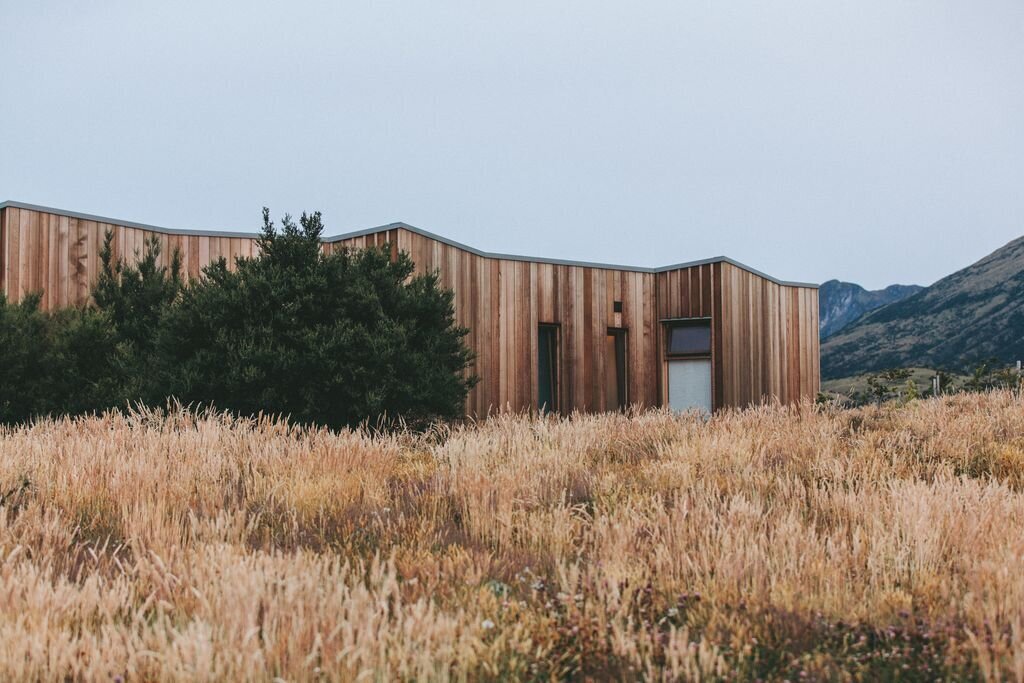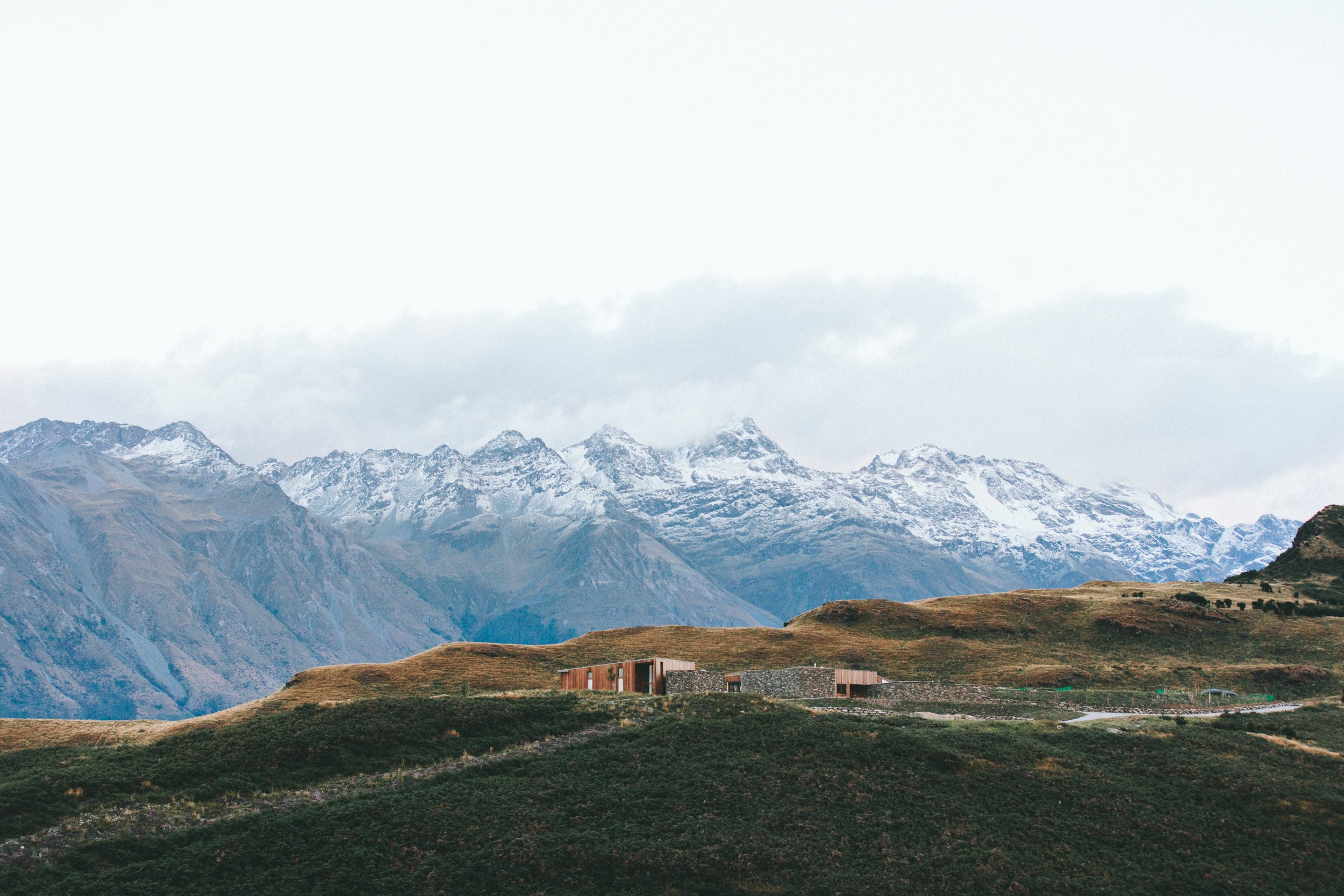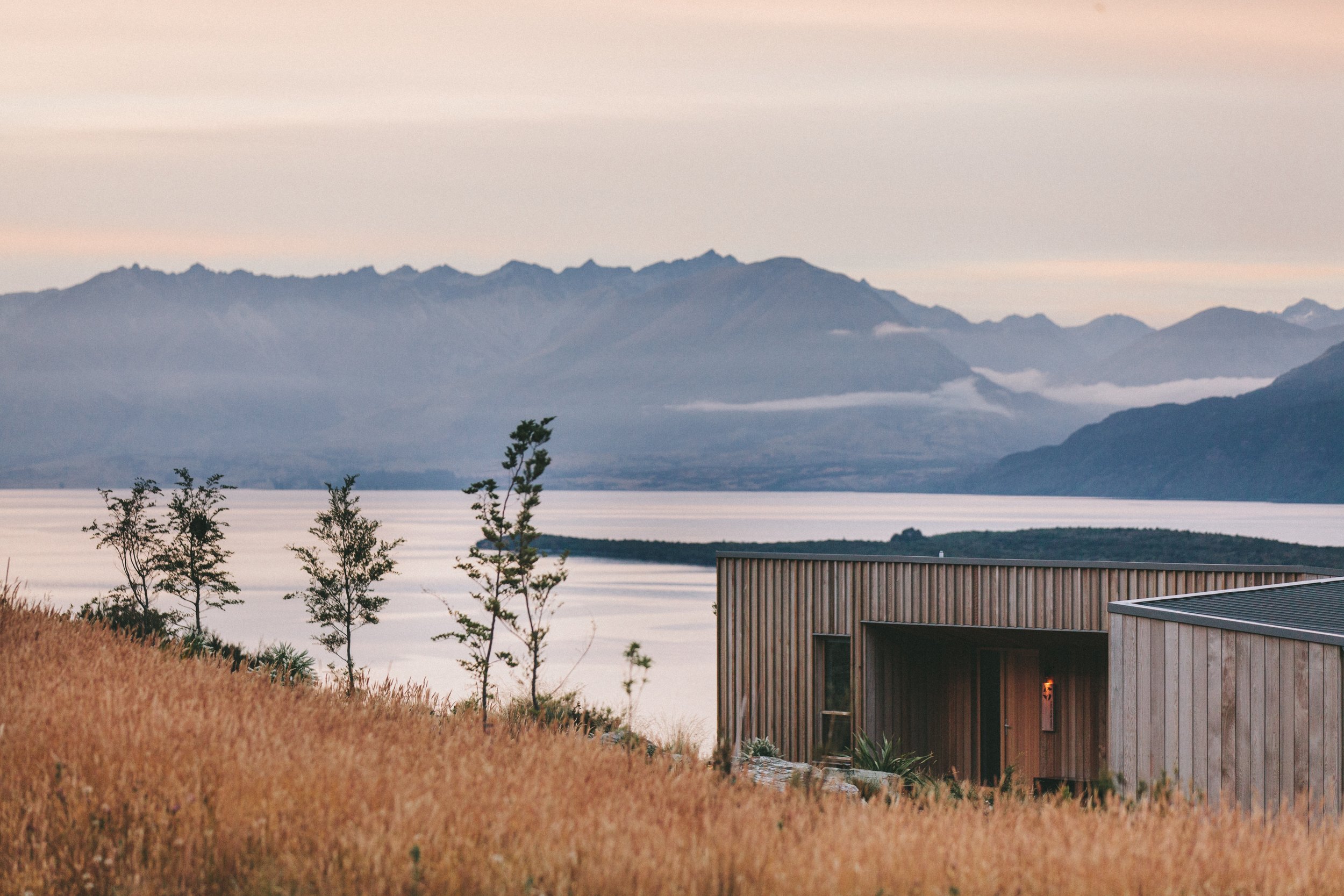
Design Diaries:
Learn Alongside an Aspiring Designer
Lighting design in your home.
Right now Timmy and I have the brightest white lights in our kitchen and we never turn them on. When we hit the wrong switch and accidentally turn them on, I teleport to a surgical room. Happy to report that we have warmer lights in route.
Warm lighting is preferred by most people in homes, but there are instances when cooler or bright lights make more sense. If you collect artwork and want to highlight the artwork on the wall to have accurate coloring you’d probably lean towards a whiter light.
When listening to this episode of the Huberman Lab, Andrew Huberman discusses using natural light and artificial light to optimize your workspace and day for productivity. He has said in numerous episodes to get sunlight in your eyes first thing in the morning. Start your day with bright lights and the second third of the day should be dim lights. I identified with this because I am sensitive to lighting, especially right before bed. The episode is worth a listen as he goes into detail on the health impacts of lighting.
There is a lot that goes into lighting: function, aesthetics, health, energy use, placement, style, intensity, distribution, temperature, technology, control, etc.
Ever wonder how to read something like this? And why you’d buy one bulb over the other?
Starting on the left side. Lumens is the total amount of visible light that is emitted. If you want a bulb that gives off a lot of light, choose one with a higher lumen count.
Here is an online lumen calculator that suggests a certain bulb, brightness, and quantity based on the room’s square footage and type of room. You’ll most likely want more lumens in a bathroom compared to a bedroom.
W stands for wattage, the amount of electricity going in to a bulb. The higher the wattage, the more energy is consumed. Ideally, you go for lower wattage to use less power and more energy efficient (LED).
Standard - cheaper, last 1,000 hours on average, not energy-efficient, widely available
Halogen - lasts 2,000 hours on average, burns very hot, high energy consumption, warmer light
CFL (compact fluorescent light) - last 10,000 hours on average, does not dim smoothly
LED (light emitting diode) - longest lasting with 25,000 hours on average, most energy efficient, does not emit heat which reduces potential fire hazard, more expensive, has more of a blue / bright light than incandescent bulbs
The best approach is to go higher in brightness and install dimmers to bring the light level down to your preference.
I’ve heard great reviews of the Smart Bulbs: dimmable, changes color, schedule to turn on and off, connect to Alexa, etc. Here is a link to Smart Lights.
If you made it this far, I hope you’ve learned how to light up your life better!
Cheers,
Ida



